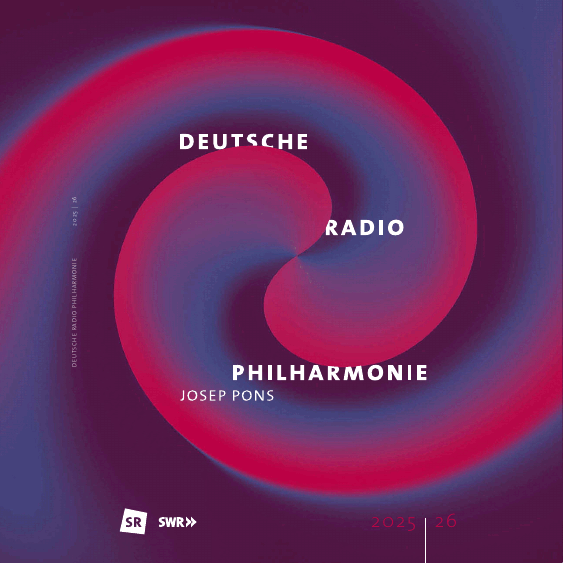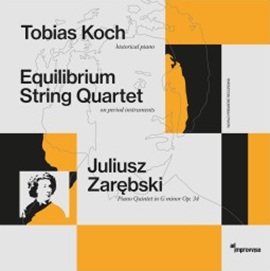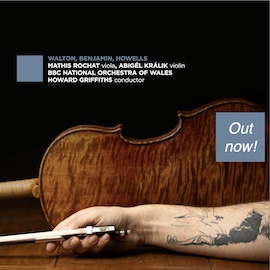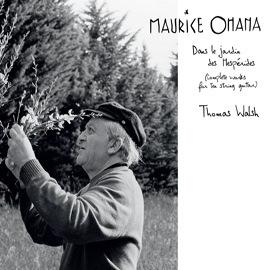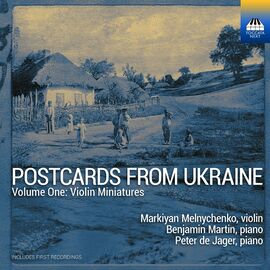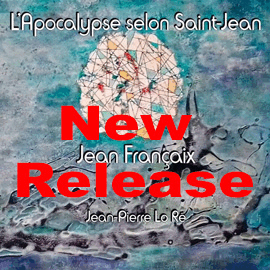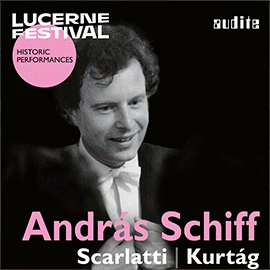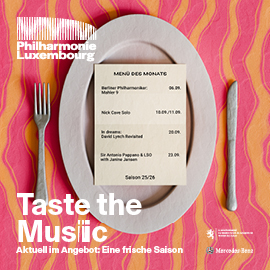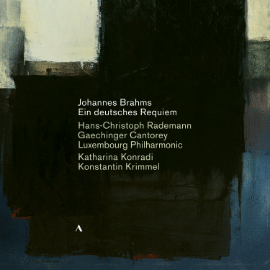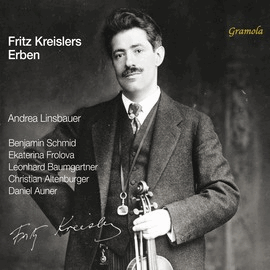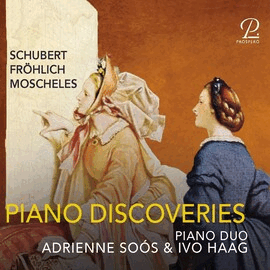Postkarten können kurze belanglose Allerweltmitteilungen oder literarisch gestaltete Inhalte übermitteln. Die Richtung kommt hier aus den ausgewählten Werken, die westliche klassische Kompositionsmittel mit Elementen der ukrainischen Volksmusik anreichern. So wurde der nationale ukrainische Stil begründet. Zusätzlich ermöglicht die Auswahl den Blick auf diverse ukrainische Komponisten des 19. Jahrhunderts.
Mykola Lysenko, der schon damals auf den diktatorischen Widerstand der Behörden des kaiserlichen Russlands stieß, schuf mit seiner Ukrainischen Rhapsodie ein frühes Beispiel dafür, wie die ukrainische Volksmusik in Werken klassischen Natur genutzt wurde.
Borys Lyatoshynsky dagegen erforschte die europäischen avantgardistischen Tendenzen, ohne den Einfluss der Volksmusik zu kürzen. Die Romanze und Dzvinka’s Dance von Anatoliy Kos-Anatolskyi stützen sich auf die Idiome der Kultur der Huzulen der Karpaten.
Vasyl Barvinsky, von den sowjetischen Behörden zehn Jahre in Lagerhaft gebracht, musste der Verbrennung seiner Werke zustimmen. Am Ende seines Lebens konnte er nur noch wenig rekonstruieren. Sein Chanson triste erklingt melancholisch und nachdenklich. Die Humoreske über ukrainische Volksthemen hat einen unbeschwerten und fröhlichen Charakter, lässt aber auch romantische Sensibilität und Tiefe zu.
Stanislav Lyudkevych wurde mit seinem Sinn für Humor während einer Sitzung der Kommunistischen Partei unsterblich: « Die Roten haben uns befreit, aber wir können nichts dagegen tun“. Seine Lamentationen stehen mit Chromatik und schwungvollen Melodien in der romantischen Musiktradition. Die Chabarashka aber sorgt als Volkstanz mit Vorschlägen und energischer Artikulationen der Geige für ein Funkeln.
Mykola Kolessa hat mit der Kolomyika ein beliebtes Genre der ukrainischen Volksmusik umgesetzt. Die Kolomyika inspirierte mit lebhaften Rhythmen und humoristisch farbenfrohen Themen. Das Klavierstück arrangierte Heorhiy Kazakov für Violine und Klavier.
Ivan Karabyts (der Vater des Dirigenten Kirill Karabits) schuf Muzyka (Musiker) in der Zeit der Neuen Folklorewelle nach der stalinistischen Unterdrückung. Karabyts zeichnet mit dem Violinsolo das Bild eines Fiedlers aus dem Volke.
Der Geiger Markiyan Melnychenko, ukrainischer Abstammung und heute vor allem in Australien aktiv, zeichnet die 17 Sätze mit großer Gestaltungskraft, dem Willen zur ausdrucksollen Gestaltung und der technischen Präsenz und Umsetzungsfähigkeit. Er gibt jedem Stück einen prägenden Charme, so dass die Bandbreite der Kompositionsansätze zwanglos deutlich wird. In dem Werk ‘Musiker’ entfaltet er als Solist eine klassisch geprägte Sichtweise, so der Fiedler Charakter eher aus dem Stück als der Interpretation kommt.
Peter de Jager stellt den Klavierpart in der Ukrainischen Rhapsodie dar, während Benjamin Martin alle anderen pianistischen Beiträge gestaltet. Beiden gelingt es, den Duogedanken gleichberechtigt umzusetzen und dafür zu sorgen, dass die Violinstimme im gemeinsamen Musizieren angeregt begleitet wird.
Der begleitende Text mit weiteren Hinweisen und die tadellose Aufnahme runden das Bild ab, dass. Das als Teil 1 gekennzeichnete Album lässt weitere Postkartengrüße erwarten.
Postcards can convey short irrelevant everyday messages or literary content. The direction here comes from the selected works, which enrich Western classical compositional means with elements of Ukrainian folk music. This is how the national Ukrainian style was established. In addition, the selection provides an insight into various Ukrainian composers of the 19th century.
Mykola Lysenko, who even then encountered dictatorial resistance from the authorities of imperial Russia, created an early example of how Ukrainian folk music was used in works of a classical nature with his Ukrainian Rhapsody.
Borys Lyatoshynsky, on the other hand, explored European avant-garde tendencies without curtailing the influence of folk music. The Romance and Dzvinka’s Dance by Anatoliy Kos-Anatolskyi are based on the idioms of the the idioms of the culture of the Hutsuls of the Carpathians.
Vasyl Barvinsky, who was imprisoned by the Soviet authorities for ten years, had to agree to the burning of his works. At the end of his life, he was only able to reconstruct very little. His Chanson triste sounds melancholy and thoughtful. The humoresque on Ukrainian folk themes has a light-hearted and cheerful character, but also allows for romantic sensitivity and depth.
Stanislav Lyudkevych became immortal with his sense of humor during a Communist Party meeting: “The Reds have liberated us, but we can do nothing about it”. With their chromaticism and lively melodies, his lamentations are in the Romantic musical tradition. The Chabarashka, however, is a folk dance with suggestions and energetic articulations of the violin, creating a sparkle.
With the Kolomyika, Mykola Kolessa has realized a popular genre of Ukrainian folk music. The Kolomyika inspired with lively rhythms and humorously colorful themes. Heorhiy Kazakov arranged the piano piece for violin and piano.
Ivan Karabyts (the father of conductor Kirill Karabits) created Muzyka at the time of the new folklore wave after the Stalinist repression. With the violin solo, Karabyts paints the picture of a fiddler from the people.
The violinist Markiyan Melnychenko, of Ukrainian descent and today mainly active in Australia, draws the 17 movements with great creative power, the will to expressive design and the technical presence and ability to implement. He gives each piece a formative charm, so that the range of compositional approaches becomes casually clear. In the work Muzyka he develops a classically influenced perspective as a soloist, so that the Fiedler character comes from the piece rather than the interpretation.
Peter de Jager plays the piano part in the Ukrainian Rhapsody, while Benjamin Martin plays all the other piano parts. Both manage to realize the duo concept on an equal footing and ensure that the violin part is accompanied in a stimulating way when playing together.
The accompanying text with further notes and the impeccable recording round off the picture that. The album, labeled as Volume 1, suggests further postcard greetings.



